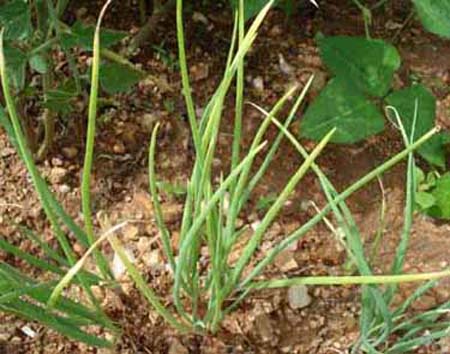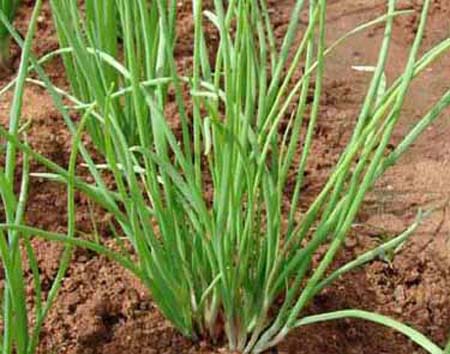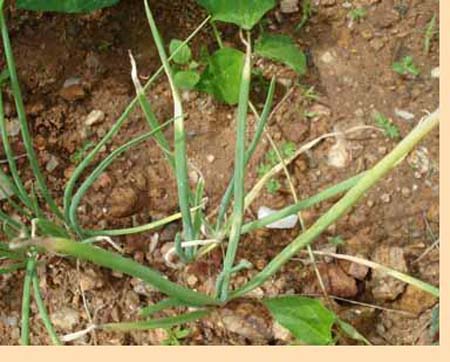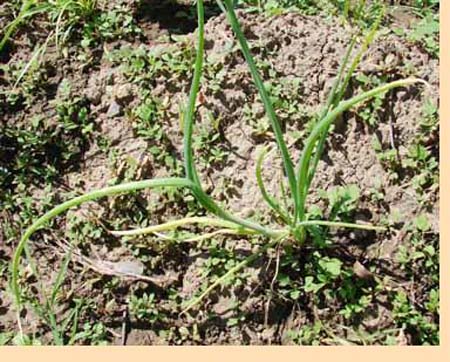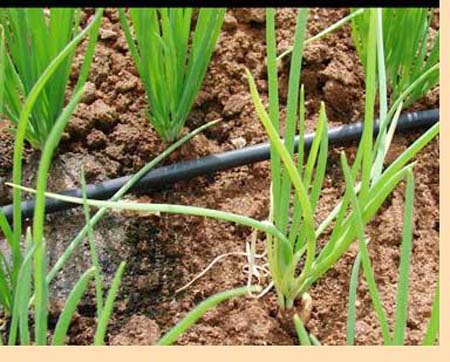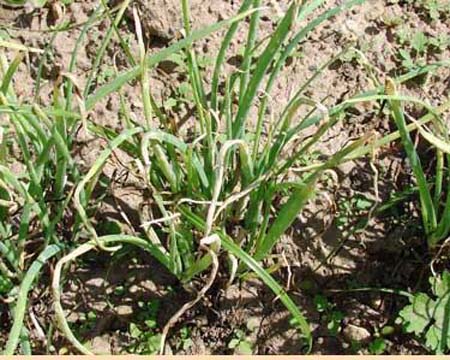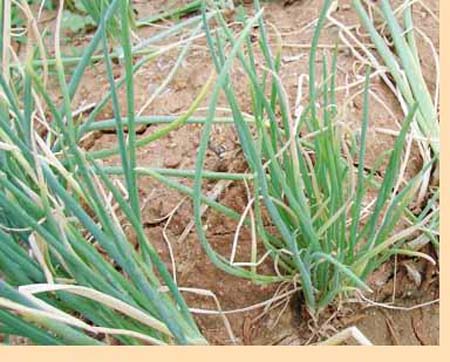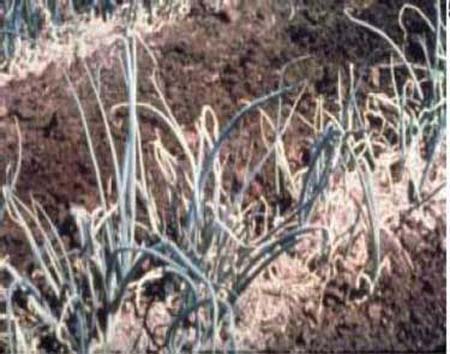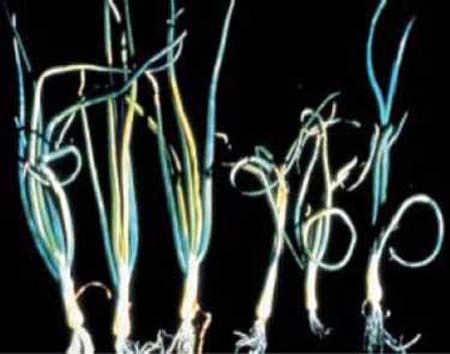Performance of Bhima Light Red at farmers’ fields in Nandurbar |
Bhima Light Red is a high yielding onion variety with good bulb storability developed by the ICAR-DOGR, Pune has become a success story in Maharashtra and adjoining states. This variety had been recommended at national level in 7th Annual Group Meeting of AINPORG held at CSAU&T, Kanpur (UP) during 4-5 April, 2016 for rabi season for cultivation in Karnataka and Tamil Nadu and notified by CVRC vide Notification No. S.O. 261 (E) dated 16th January 2018. It is also registered with PPV&FRA, New Delhi vide registration number 261 of 2020 for its protection. The salient features of Bhima Light Red are erect, vigorous in growth with dark green foliage. Bulbs are light red with globe shape, average bulb weight 60-80 g, thin neck, TSS 12.5-13.50 Brix and almost free from doubles and bolters. Average yield 36-40 t/ha in rabi. It matures in 110-120 days after transplanting and uniform neck fall during rabi. Bulb attains immediate attractive light red colour after harvest. Better in bulb storage quality and bulbs stored up to 5-6 months. It is also field tolerant to thrips and foliar diseases.
Mr. Raju Budhaji Goykar, a group leader of tribal farmers of Jai Bajrang Shetkari Bachat Gat, Aaslipada, Navapur, Nandurbar, Maharashtra had raised onion bulb crop as per ICAR-DOGR recommended technologies and produced 170 q per acre marketable bulb yield and earned net income of Rs. 1,62,500/- per acre even when onion bulbs were sold at the rate of Rs. 12.50/- per kg. Mr. Mansingh Yamaya Valvi, a group leader of tribal farmers of Yaha Shetkari Gat, Sonpada, Navapur, Nandurbar, Maharashtra had raised onion bulb crop as per ICAR-DOGR recommended technologies and produced 182 q per acre marketable bulb yield and earned net income of Rs. 1,59,300/- per acre even when onion bulbs were sold at the rate of Rs. 11.50/- per kg. Whereas, Mrs. Sunita Subhash Gavit, a tribal lady farmer of Saraswati Mahila Bachat Gat, Palipada, Navapur, Nandurbar, Maharashtra had raised onion bulb crop as per ICAR-DOGR recommended technologies and produced 195 q per acre marketable bulb yield and earned net income of Rs. 1,56,700/- per acre even when onion bulbs were sold at the rate of Rs. 10.60/- per kg during rabi 2021-22.
Several field demonstrations have been conducted in different parts of the country on onion bulb and seed production of Bhima Light Red including more than 140 field demonstrations under tribal belts of Nandurbar and Pune of Maharashtra and farmers were benefited because Bhima Light Red was found best for bulb storage up to six months during rabi. Hence, farmers have shown interest in this variety and ICAR-DOGR had already sold 4.17 q seed of Bhima Light Red. This variety is now grown over 24000 acres in different states including Maharashtra, Karnataka, Tamil Nadu, Uttar Pradesh and Bihar.
Most of the farmers are often earning a net profit of more than Rs. 80,000-90,000/- per acre by cultivating Bhima Light Red.

